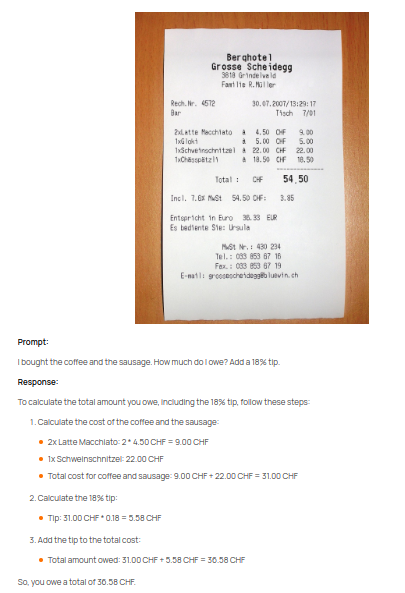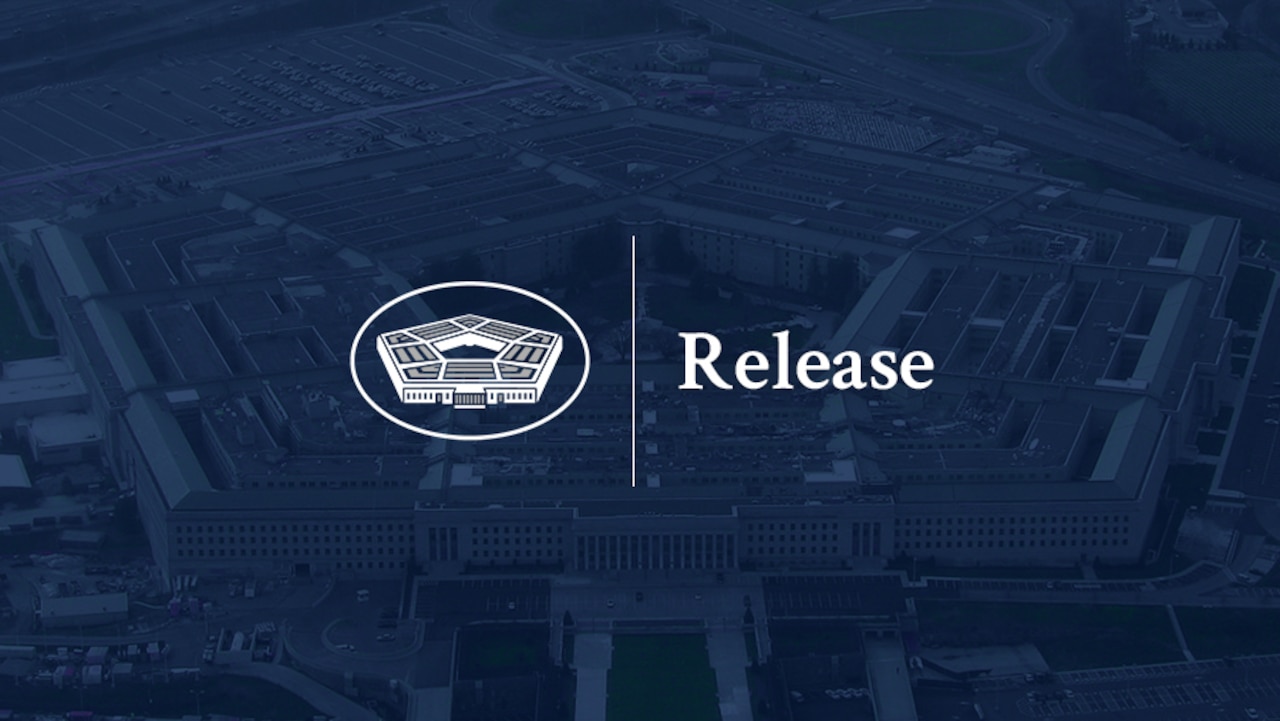French generative artificial intelligence startup Mistral AI is taking the fight to OpenAI with a host of updates announced today. The company announced new chatbot capabilities that surpass those of ChatGPT, and a couple of powerful large language models, including the all-new Pixtral Large and an updated version of Mistral Large.
Mistral’s Le Chat, which means “the cat” in French, is getting about a half-dozen new features that transform it into more of a work assistant, pitting it against rivals like ChatGPT and Anthropic PBC’s Claude.
For instance, Le Chat can now search the web and provide responses with citations, similar to ChatGPT and the generative AI search engine Perplexity. It also gains a new “Canvas” tool that’s similar to ChatGPT’s Canvas, where users can edit, modify and otherwise transform content such as web pages, data visualizations and PowerPoint presentations via text-and voice-based commands.
“You can use [the canvas feature] to create documents, presentations, code, mockups… the list goes on,” the company wrote in a blog post announcing the new features. “You’re able to modify its contents in place without regenerating responses, version your drafts, and preview your designs.”
Moreover, Le Chat also gains the ability to ingest and process larger PDF documents, large images, graphs and equations, in order to analyze them for insights and summarize their contents.
The company said Le Chat is also getting better image generating capabilities as it now integrates Black Forest Labs Inc.’s Flux Pro model for that purpose. Even better, Mistral said it can now support automated workflows for tasks like invoice processing and expense reporting. This means that Le Chat now supports “agentic AI,” enabling it to perform complex, multistep tasks on behalf of users, which is something ChatGPT currently does not offer, although it is on the horizon.
Most of the new capabilities announced today will be free to access for the time being, at least while they’re still in beta.
As for the new LLMs, the most exciting one is Pixtral Large, which is a multimodal model that can process both text and images. Pixtral Large is the second addition to the Pixtral family of models, following on from the debut of the original Pixtral 12B that launched in September.
According to the company, it’s a lot more capable, weighing in at a hefty 124 billion parameters, besting many of the most powerful multimodal models of its rivals, such as Anthropic’s Claude 3.5 Sonnet, Google LLC’s Gemini 1.5 Pro and OpenAI’s GPT-4o on a number of key benchmarks. Parameters are important as they roughly measure an LLM’s problem-solving abilities, with more parameters equating to better performance.
“Pixtral Large is able to understand documents, charts, and natural images,” the company said in a blog post announcing it. “The model demonstrates frontier-level image understanding.”
According to Mistral’s head of developer relations, Sophia Yang, Pixtral Large excels in terms of “multilingual optical character recognition, reasoning, chart understanding and more.”
To prove this, Yang posted a screenshot of Pixtral Large in Le Chat analyzing a shared bill from a restaurant using OCR, in order to fairly split the cost. It identifies the items purchased by the user and tells them exactly how much they owe, including their share of the tip.

Mistral said Pixtral Large has a context window of 128,000 tokens, which means it can handle up to 30 high-resolution images at once, or a 300-page book, which is similar to the capabilities of OpenAI’s GPT-4o. It’s available to download now on Hugging Face.
In addition to Pixtral Large, the company unveiled a newly updated Mistral Large model. Mistral Large is the company’s flagship text-understanding model, and the new version, Mistral Large 24.11, comes with improvements in long context understanding, making it better for tasks such as document analysis, the company said.
Mistral is one of a host of promising AI startups looking to take on perceived generative AI leaders OpenAI and Google. It was founded in April 2023 by a team of former Google DeepMind and Meta Platforms Inc. employees, and is said to be valued at $6 billion after securing a number of multi-million dollar funding rounds. To date, it has released around a dozen AI models, including some for commercial use and some for research purposes.
Its best-known models, Mistral 7B, Mixtral 8x7B and Mixtral 8x22B, are all open-source and available for download via the Hugging Face platform, while the Mistral Small, Medium and Large can only be accessed via the company’s application programming interface via a license.
Featured image: News/Freepik AI; Mistral AI
Your vote of support is important to us and it helps us keep the content FREE.
One click below supports our mission to provide free, deep, and relevant content.
Join our community on YouTube
Join the community that includes more than 15,000 #CubeAlumni experts, including Amazon.com CEO Andy Jassy, Dell Technologies founder and CEO Michael Dell, Intel CEO Pat Gelsinger, and many more luminaries and experts.
THANK YOU



/cdn.vox-cdn.com/uploads/chorus_asset/file/25739618/1239668458.jpg)





